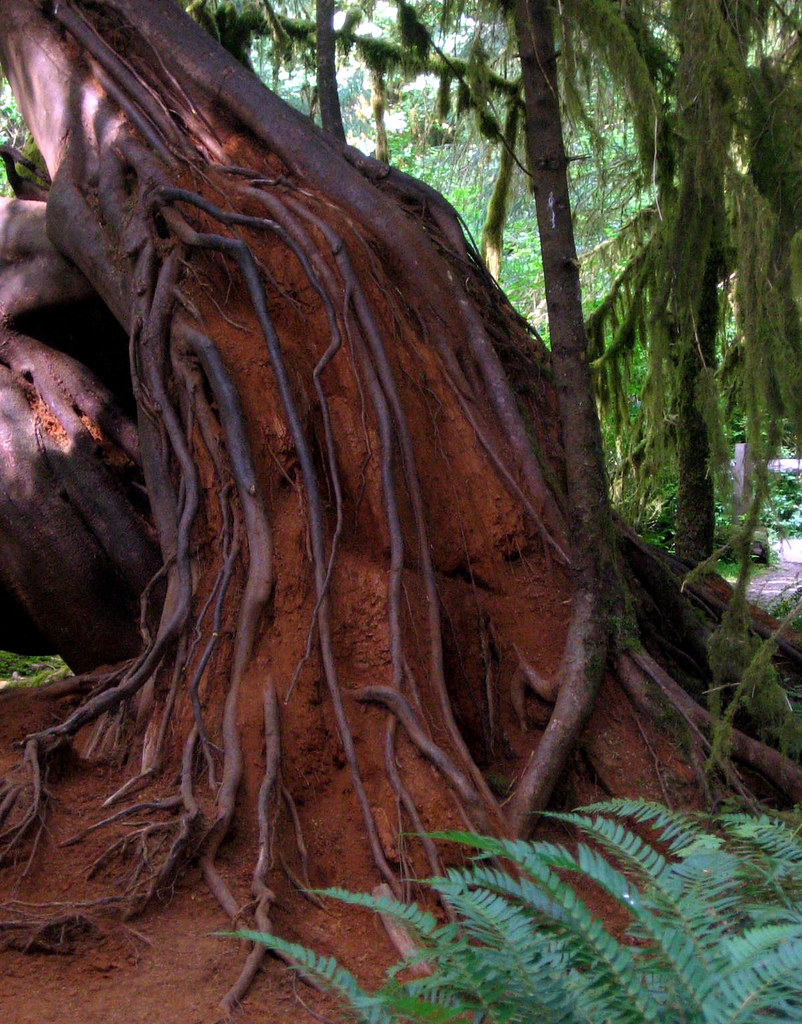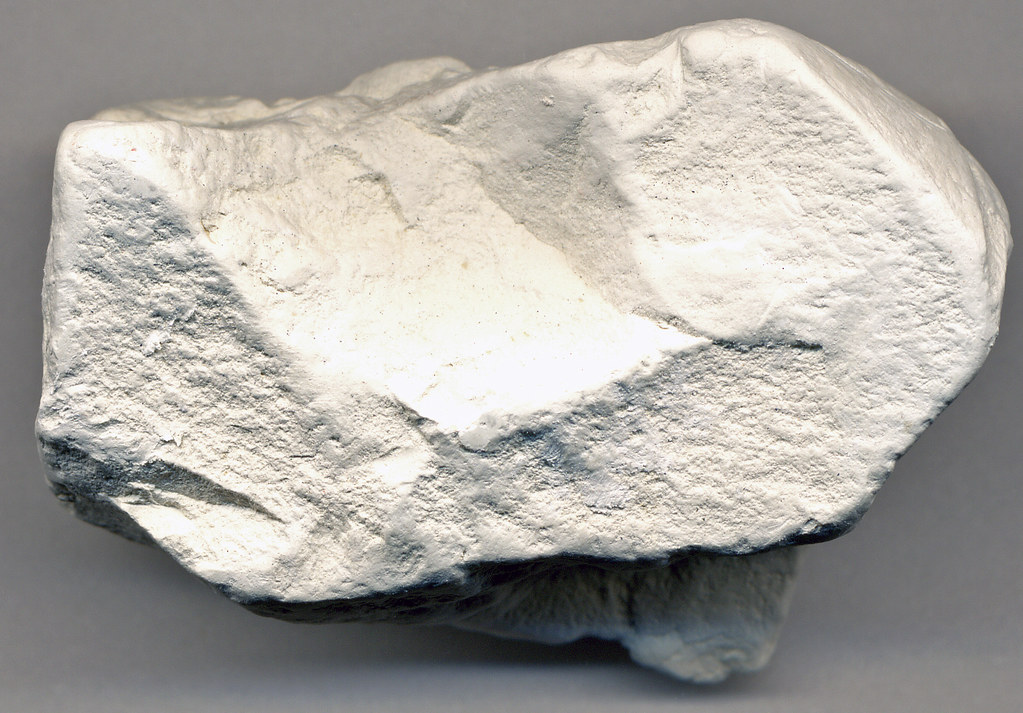Clay has been a fundamental material since ancient civilizations. It was primary used to create ceramics, and then as a construction material. In the last century, it became a central part of modern technology.

Image source: https://search.creativecommons.org/photos/5d03dfe9-426e-442d-93db-96171b1921db by moonjazz
What is Clay?
Clay is a soft and soil material that contains particles with a grain size of fewer than 0.002 millimeters. Nevertheless, these molecules can absorb large amounts of water, leading clay to expand after hydration. This material has an important feature known as plasticity. This property allows the material to be mold easily when wet, and once dried to maintain its shape solidly. Another property is shrinkage and rigidity when the material is dried or heated. The more water clay holds, the more it will shrink when it dries.

Image source:https://search.creativecommons.org/photos/dbc4bbf4-0f4f-4b6b-9c8d-13b211bb0ebf
Formation of Clay
Clay forms thanks to erosion or weathering events which can induce the breakage of rocks. Physical and chemical changes create those small particles required to form clay soil. The material composition varies according to the geological process that creates the particles. Clay soil made by erosion will generate Mudstone, a fine-grained sedimentary rock. Instead, Bentonite beds are clay platforms formed by volcanic ash diagenesis. Clay is formed mainly by volcanic deposits or marine sediments. It comes from different sources that have their unique mineral composition.

Image source: https://search.creativecommons.org/photos/c75623bc-d97c-4b4d-8b88-09d899bdf70f by James St. John
Types of Clay Bodies
Earthenware Clay is the most common type. It’s highly plastic and easy to work with. It contains iron and other metals and minerals which allow the material to reach the optimum hardness at lower temperatures (between 950°C and 1100°C). Stoneware Clay has a color spectrum that goes from a light grey to a light brown based on the dry-out method. Ball Clay needs the addition to other clay types because of its excessive shrinkage during heating. Fire clays can be of many different kinds according to their fire resistance. They don’t have any mineral impurities but tend to have iron spots which give them a speckled appearance. Kaolin Clays are used for porcelains thanks to their mineral purity.

Image source: https://startile.la/history/types-of-clay/
The stages of Clay Processing
- The first stage is when Clay is raw and in its natural condition in the form of fine particles.
- The second stage is called “Slip” which is created by adding water to the clay. This semi-liquid substance can be poured into moulds or used as a glue to hold two pieces of moist clay together.
- The third step is defined “Plastic Workable Stage” where the clay is moldable and can be shaped to create an object.
- The fourth step is the “Leather Hard Stage” where clay is finally dried and holding its form but still being moist enough to be worked like leather.
- The fifth stage is the “Greenware Stage” when the material is completely air-dried but is also in the most fragile state. This process can last a week or even longer depend on the climate of the area in which it takes place.
- The sixth stage is the “Bisque Stage” when the clay is cooked in the kiln to remove the last water molecules and other impurities. It then becomes much hard but still porous enough to absorb glazes.
- The seventh and final phase is about the “Glaze Firing Stage” where the product is glazed to obtain a glassy coating in the desired colour through the vitrification process.

Image source: https://potterycrafters.com/the-7-stages-of-clay/
Uses of Clay throughout history
Clay has always been used to create cooking pots, bricks, and porcelain since the beginning of civilization. Different clay types are used for other purposes like clay pipe manufacturing, floor, and wall tiles. Chinese Kaolinite clay is employed in ceramics and drug manufacture. Clay’s major use is in bricks and cement production. Bentonite is highly absorbent, is used in foundry works to prepare the molding sands for fusing metals. Less absorbent Bentonites are used in the oil industry, for example, like deodorizing agents in the petroleum refining processes.

Image source: https://search.creativecommons.org/photos/dde22113-33ea-40ef-bf43-b13bb87513cc by James St. John
Clay Nowadays
Kaolinite is mainly used for the manufacture of porcelain and refractory objects. It’s composed of a mixture of clay minerals rich with Illite. Clays have recently become very important for various aspects, from environmental science to remediation technologies. Smectite Clays can be compacted in blocks to create barriers to isolate radioactive wastes. Other clay types can absorb various land and groundwater pollutants.

Image source:https://search.creativecommons.org/photos/e8fd2dbd-f9cb-4b8d-9deb-70b978141f6b by SoilScience.info
Info sources:
http://www.museum.seaceramic.org.sg/what-is-clay/
https://www.thesprucecrafts.com/clay-basics-2746314
https://www.researchgate.net/publication/232387165_Measuring_the_plasticity_of_clays_A_review
https://pubs.usgs.gov/info/clays/ https://potterycrafters.com/the-7-stages-of-clay/
https://link.springer.com/chapter/10.1007/978-94-011-2368-6_5
https://link.springer.com/chapter/10.1007/978-94-011-2368-6_5
